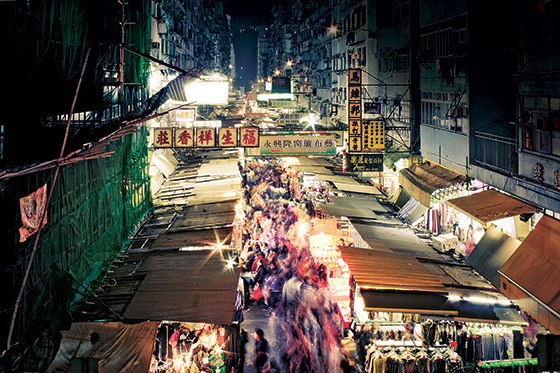
No doubt about it, Hong Kong is a moneyed place, often grabbing headlines for its outlandish property prices and showboating skyline. As such, it tends to be dismissed as just another superficial playboy party town—a sort of China Lite loaded with expat financiers blowing off steam in a manic tableau of Suzie Wong girlie bars. Yes, the cash here is free-flowing and Champagne still arrives at VIP tables lit up by sparklers. But with that flash (and money) comes a crush of creative cultural energy. Gagosian, White Cube, and Perrotin have opened galleries locally; Mario Batali introduced two new restaurants last year; the first Art Basel Hong Kong launches in May; and there is an ambitious cultural district under way for 2016–17. Entrepreneurs flock to the semi-autonomous Chinese region because it’s easy to start a business, and now the ubiquitous hotel restaurants and megamalls that first put Hong Kong on the map are being challenged by mom-and-pop cafés and boutiques. This indie-corporate contrast makes the commercial landscape as dynamic as the area’s unique Cantonese culture—an identity and way of life 7 million-plus Hong Kongers fiercely defend even as the spectre of the 2047 Chinese assimilation, and the uncertainty it brings, looms.